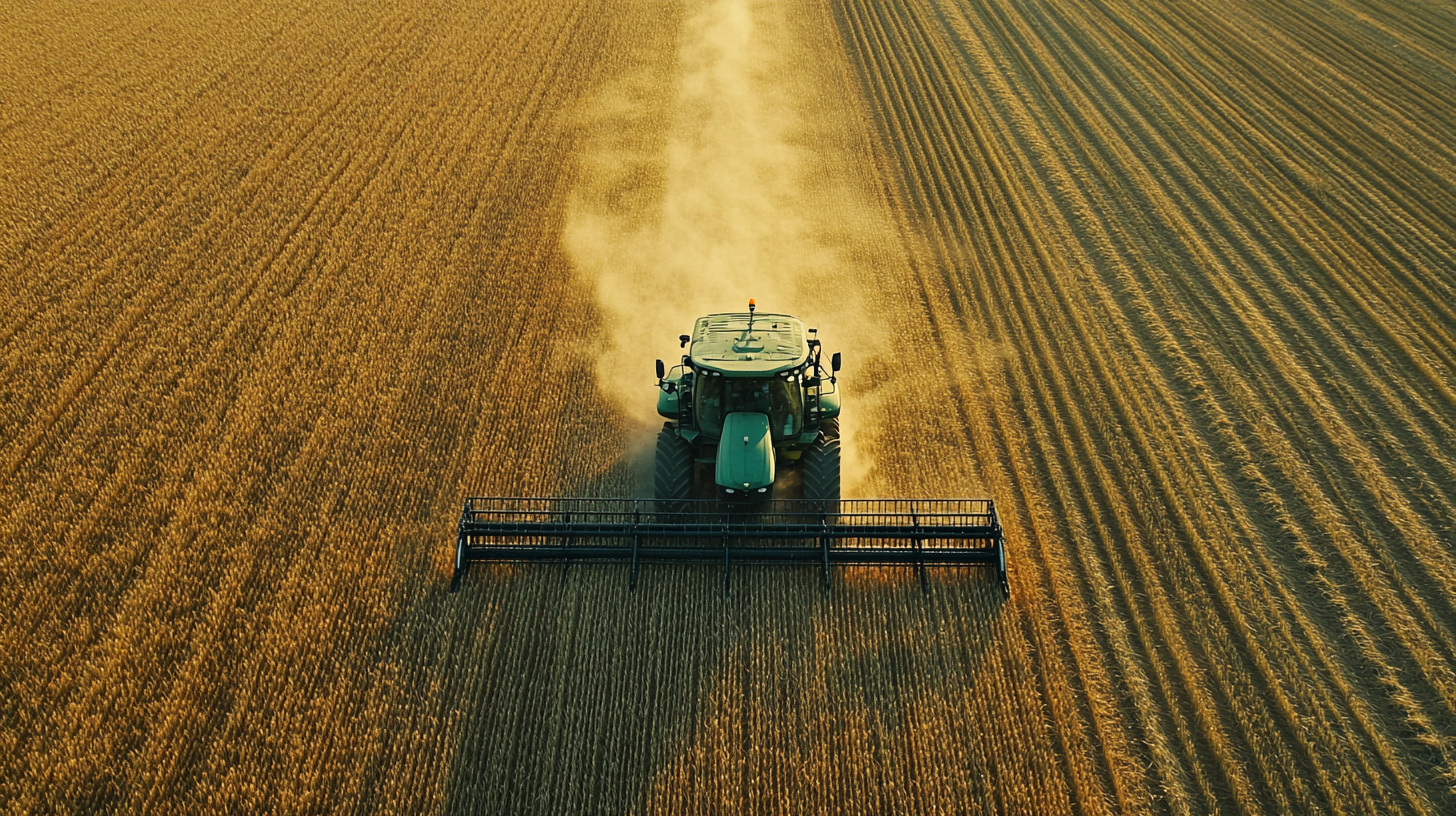Table of Contents
Sugar – it’s in our coffee, our cakes, and countless other foods we consume daily. But have you ever wondered just how much of this sweet stuff is produced around the globe? Let’s dive into the fascinating world of worldwide sugar production and uncover some eye-opening facts that’ll make you look at your next spoonful of sugar in a whole new light.
The Current State of Global Sugar Production
When it comes to worldwide sugar production, the numbers are truly staggering. In the 2022/2023 crop year, the world produced a whopping 180.4 million metric tons of sugar. That’s enough to fill about 72,160 Olympic-sized swimming pools!
But not all sugar is created equal. The two main types of sugar produced globally are:
- Cane sugar: Accounting for about 80% of worldwide production
- Beet sugar: Making up the remaining 20%
Let’s take a look at the top sugar-producing countries:
| Rank | Country | Production (million metric tons) |
|---|---|---|
| 1 | Brazil | 36.4 |
| 2 | India | 33.6 |
| 3 | EU | 16.0 |
| 4 | China | 10.5 |
| 5 | Thailand | 10.0 |
Brazil and India are the sweet heavyweights, together accounting for nearly 40% of global sugar production. It’s worth noting that while the EU is listed as a single entity, it comprises several countries with significant sugar beet production.
Historical Trends in Global Sugar Production
The story of worldwide sugar production is one of steady growth. In the 1960s, global sugar production was around 50 million tons annually. Fast forward to today, and we’re producing more than three times that amount!
Key milestones in increasing sugar output include:
- The Green Revolution in the 1960s, which introduced high-yielding crop varieties
- Mechanization of harvesting in the 1970s and 1980s
- Genetic improvements in sugar cane and beet varieties in the 1990s and 2000s
- Precision agriculture techniques in the 2010s
These advancements have allowed sugar production to keep pace with the growing global population and increasing demand for sweetened products.
Factors Influencing Worldwide Sugar Production
Several factors play a role in determining how much sugar is produced worldwide each year:
- Climate and weather patterns: Sugar cane, for instance, thrives in tropical and subtropical regions. El Niño and La Niña events can significantly impact sugar production in countries like Brazil and India.
- Agricultural technologies: Innovations in irrigation, pest control, and harvesting techniques have boosted sugar yields globally.
- Economic factors: Market demand and sugar prices influence farmers’ decisions on whether to plant sugar crops or alternatives.
- Government policies: Subsidies, trade agreements, and biofuel mandates can all affect sugar production levels.
For example, Brazil’s sugar-ethanol industry is highly responsive to government policies. When ethanol prices are favorable, more sugar cane is diverted to biofuel production, reducing the amount of sugar produced.
The Sugar Production Process
Whether it’s cane or beet, the process of producing sugar involves several steps:
- Harvesting
- Extraction of juice
- Clarification
- Evaporation
- Crystallization
- Centrifugation
- Drying and packaging
While the basic steps are similar, there are some differences between cane and beet sugar production. For instance, sugar cane is typically crushed to extract the juice, while sugar beets are sliced and then the sugar is extracted using hot water.
Environmental Impact of Global Sugar Production
The sweet taste of sugar comes with some bitter environmental consequences. Worldwide sugar production has significant impacts on:
- Land use: Sugar cane cultivation has led to deforestation in some regions, particularly in Brazil’s Atlantic Forest.
- Water consumption: Sugar cane is a thirsty crop, requiring about 1,500-2,000 mm of water per growing cycle.
- Carbon footprint: The sugar industry contributes to greenhouse gas emissions through land-use changes, fertilizer use, and processing.
However, it’s not all bad news. Many sugar producers are working to improve their sustainability practices. For instance, some are using bagasse (sugar cane waste) as a renewable energy source in their mills.
Economic Significance of Worldwide Sugar Production
Sugar isn’t just important for our taste buds – it’s a major player in the global economy. The worldwide sugar trade is valued at over $30 billion annually. In many producing countries, sugar is a crucial export commodity and a significant source of employment.
However, the sugar market can be volatile. Prices can fluctuate wildly based on factors like weather conditions, changes in production levels, and shifts in government policies. These fluctuations can have far-reaching impacts, affecting everything from food prices to the livelihoods of millions of sugar farmers worldwide.
Challenges Facing Global Sugar Production
As we look to the future of worldwide sugar production, several challenges loom:
- Climate change: Extreme weather events and changing rainfall patterns could disrupt sugar production in many regions.
- Competition from alternative sweeteners: The rise of artificial sweeteners and natural alternatives like stevia could reduce demand for traditional sugar.
- Health concerns: Growing awareness of sugar’s health impacts could lead to reduced consumption in some markets.
- Labor issues: The sugar industry has faced criticism over working conditions, particularly in developing countries.

Future Projections for Worldwide Sugar Production
Despite these challenges, global sugar production is expected to continue growing, albeit at a slower rate than in past decades. The OECD-FAO Agricultural Outlook projects that worldwide sugar production will reach 203 million tonnes by 2029.
Some key trends to watch:
- Technological advancements: Precision agriculture and genetic improvements could boost yields.
- Shifting production centers: Climate change may alter where sugar can be efficiently produced.
- Sustainability focus: Increasing emphasis on sustainable production methods could reshape the industry.
Conclusion
From the 180 million metric tons produced annually to the complex interplay of economic, environmental, and social factors, the world of sugar production is anything but simple. As we’ve seen, the answer to “how much sugar is produced worldwide” goes far beyond a single number – it’s a story of global trade, technological advancement, and environmental challenges.
As consumers, understanding the scale and impact of worldwide sugar production can help us make more informed choices about our sugar consumption. Whether you’re stirring sugar into your coffee or biting into a sweet treat, remember – you’re tasting the result of a truly global industry.



